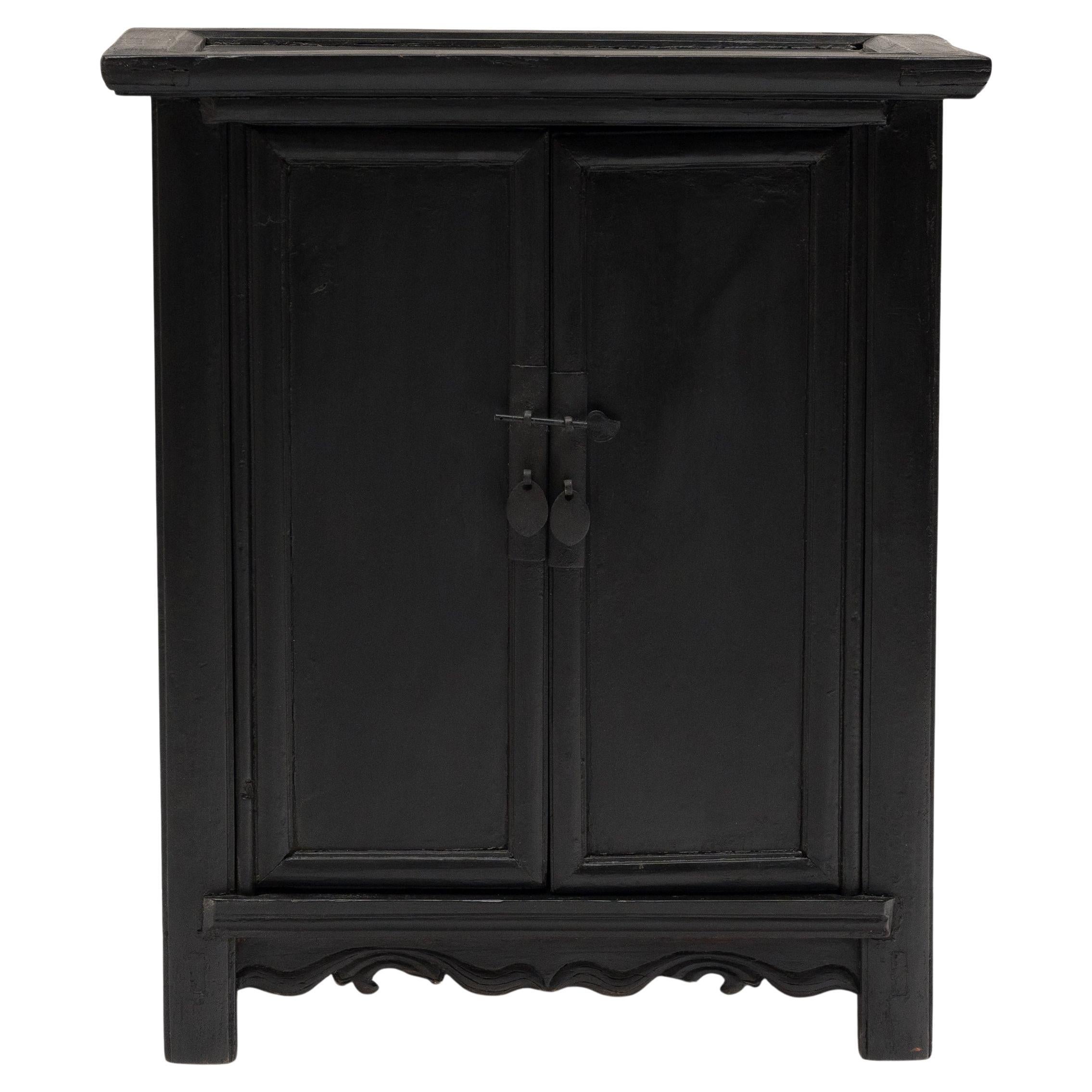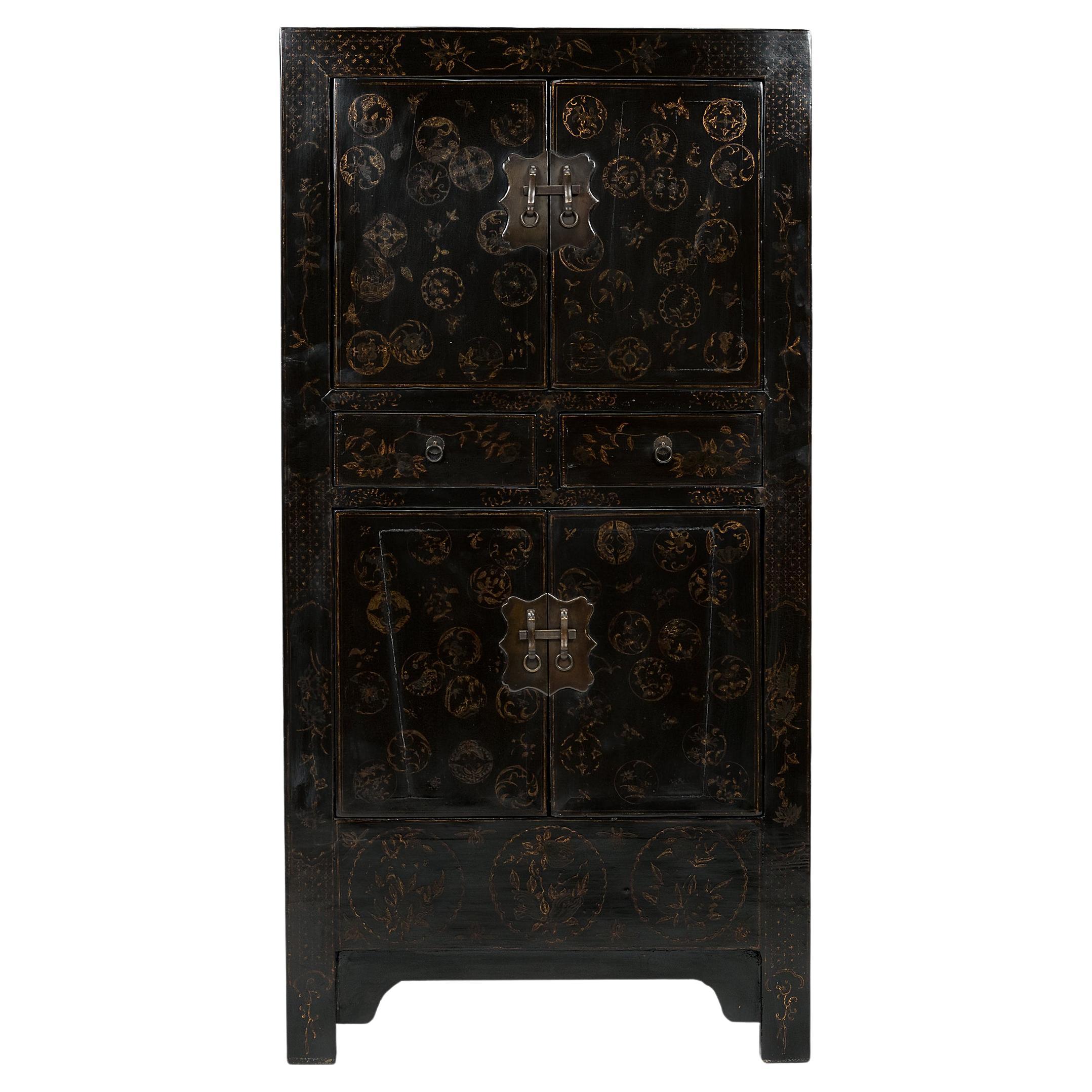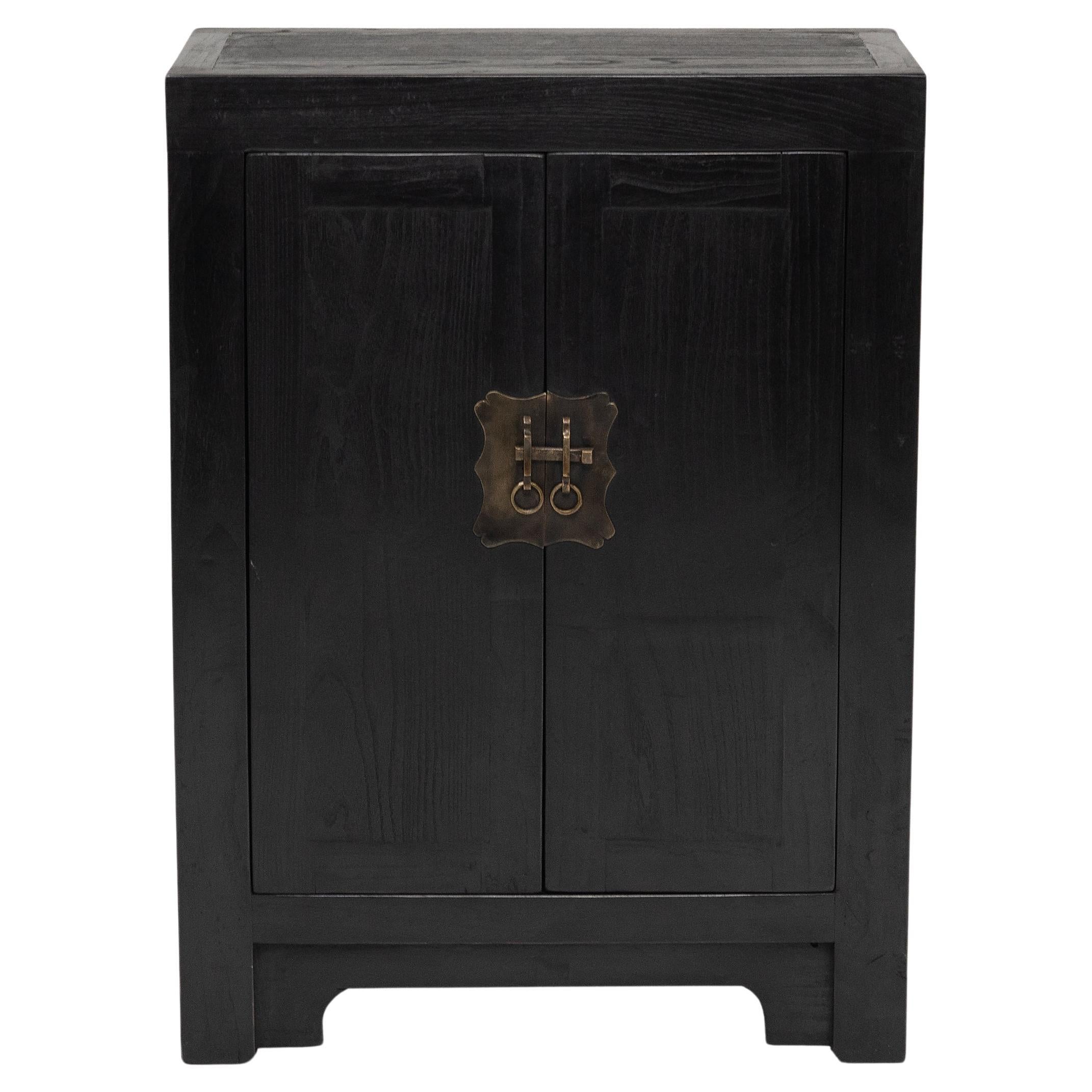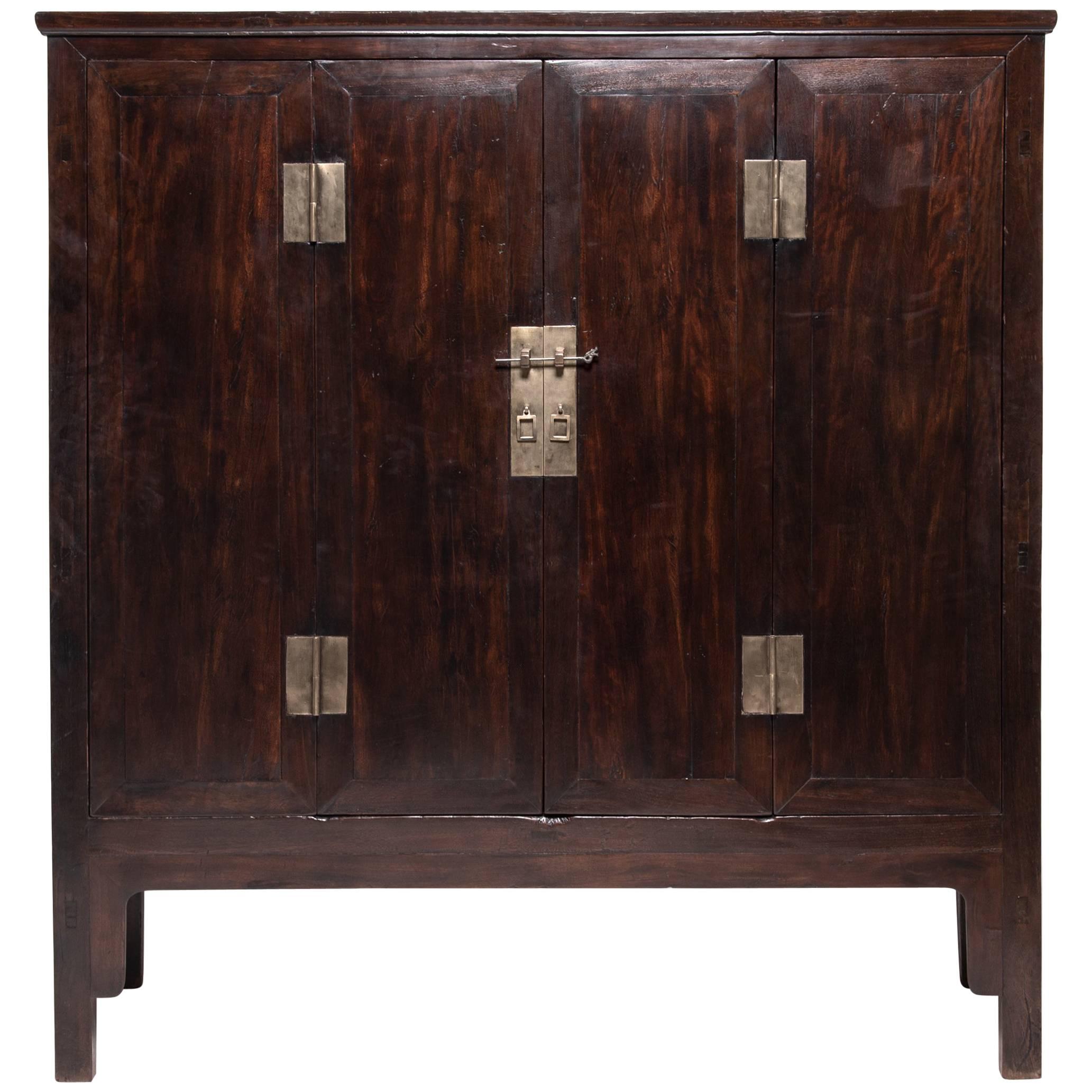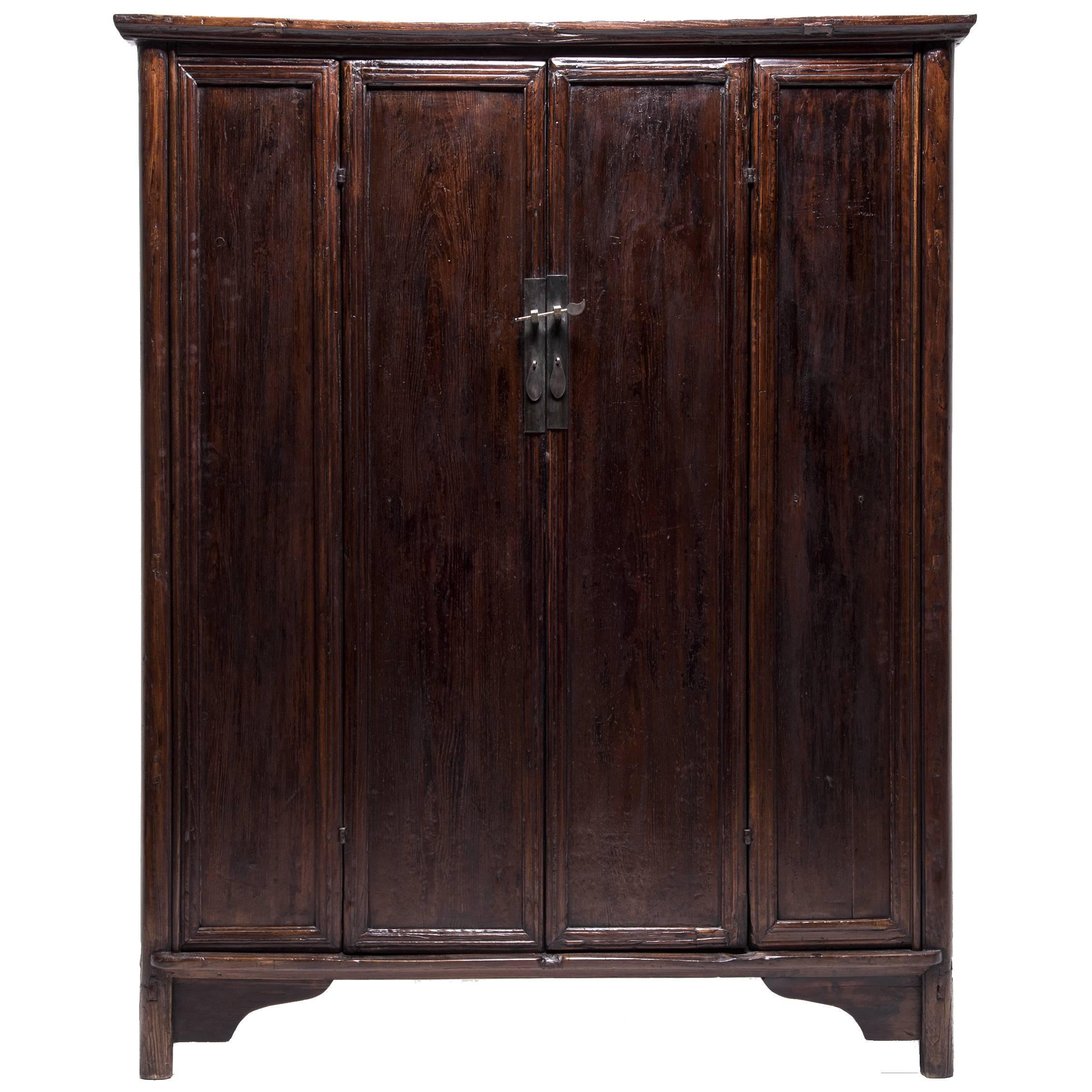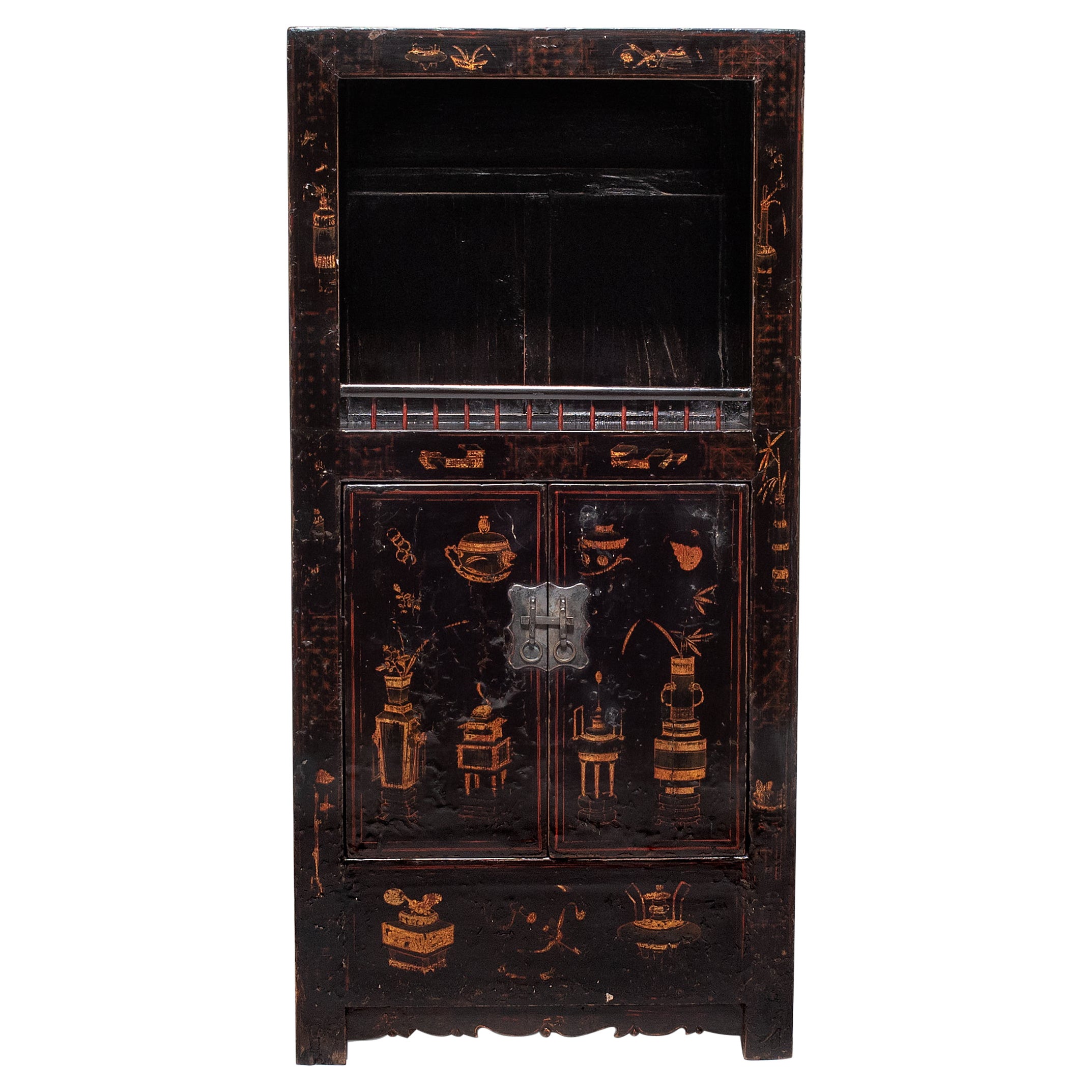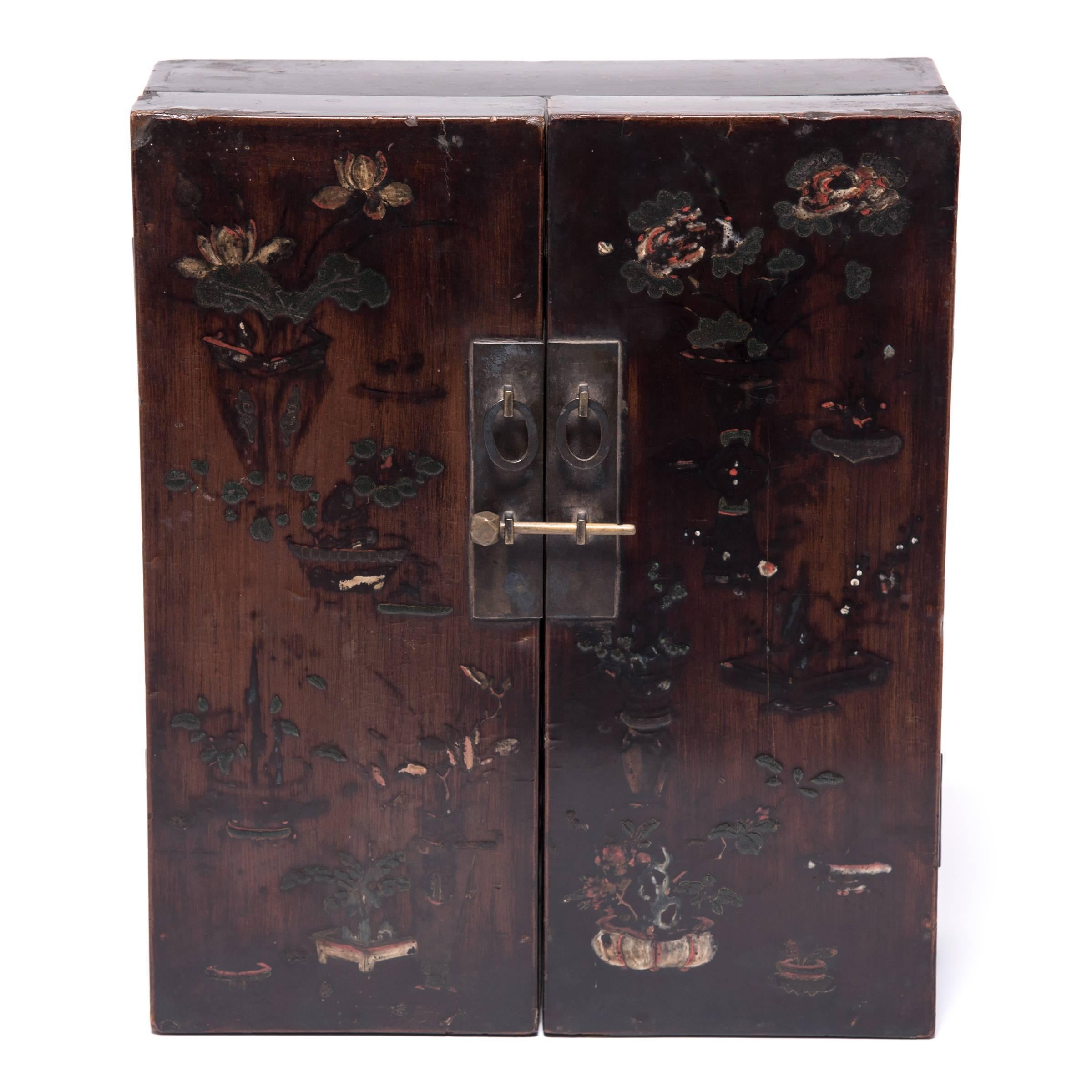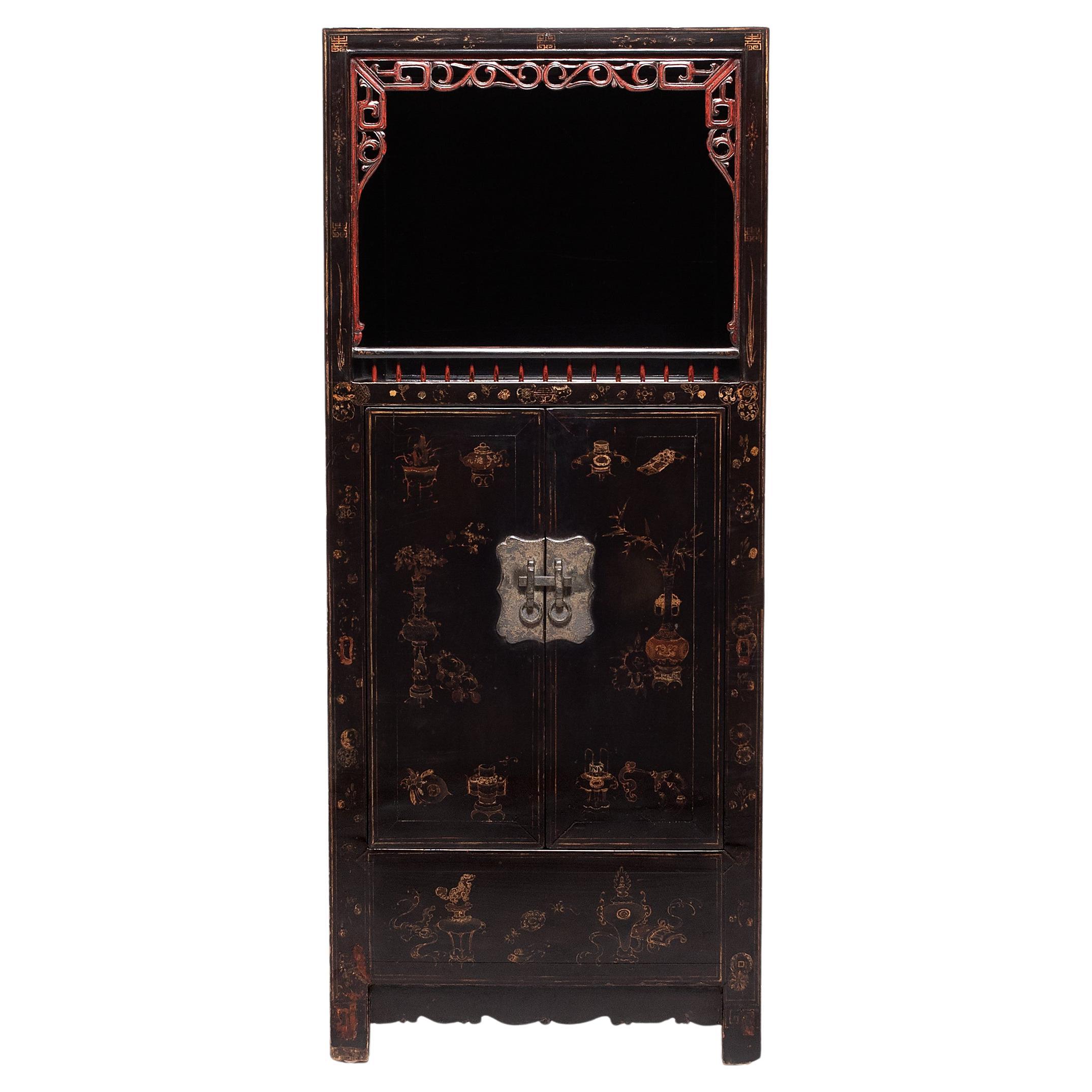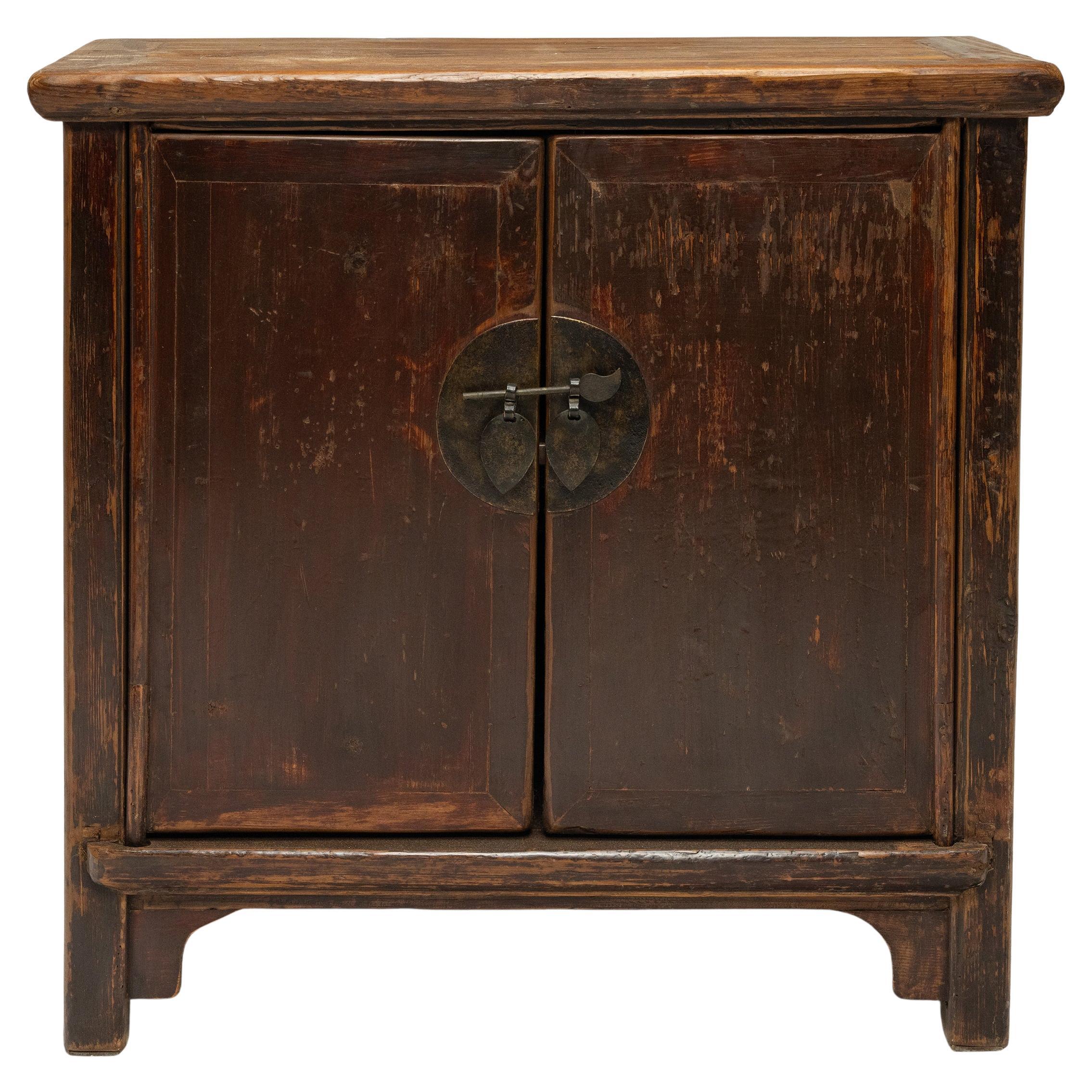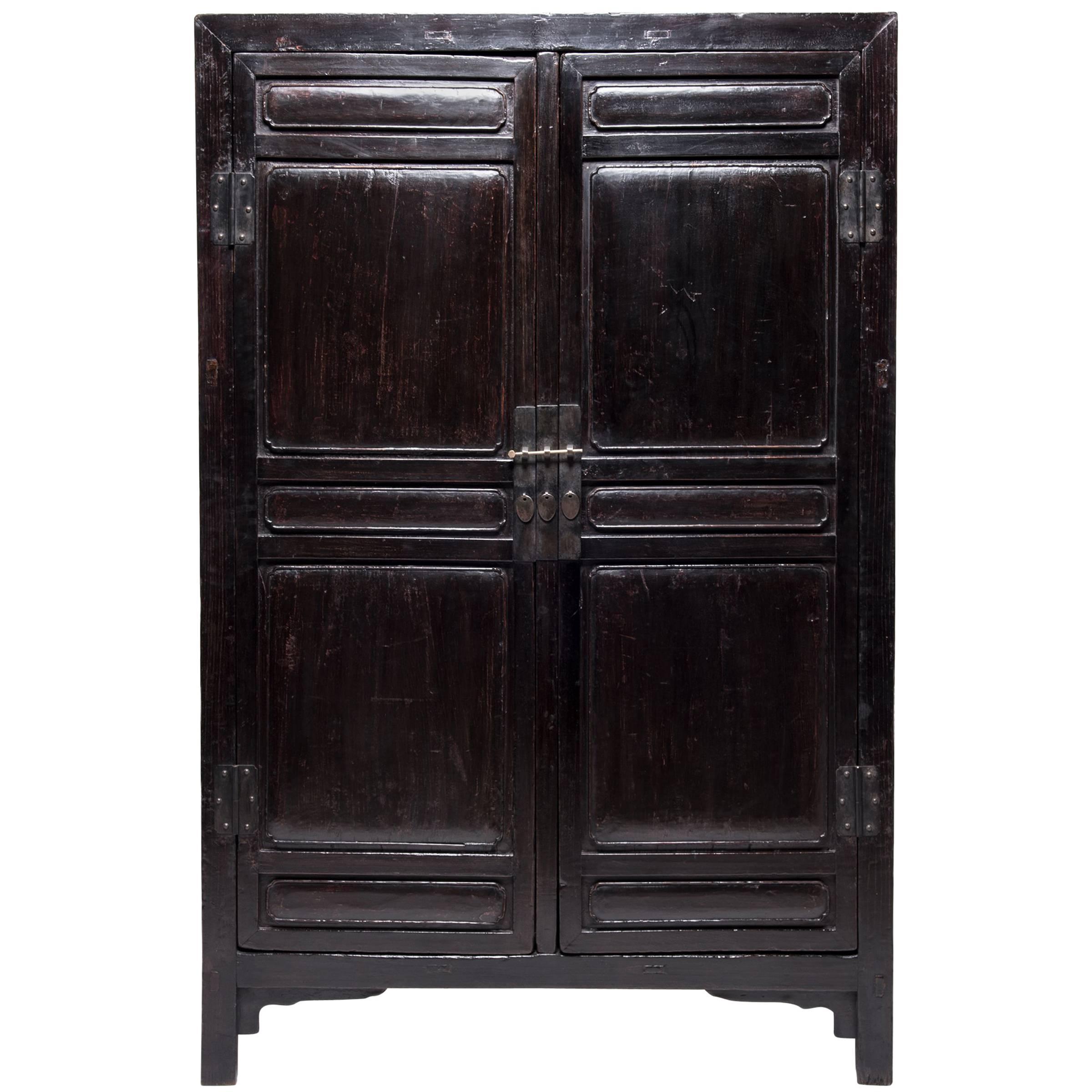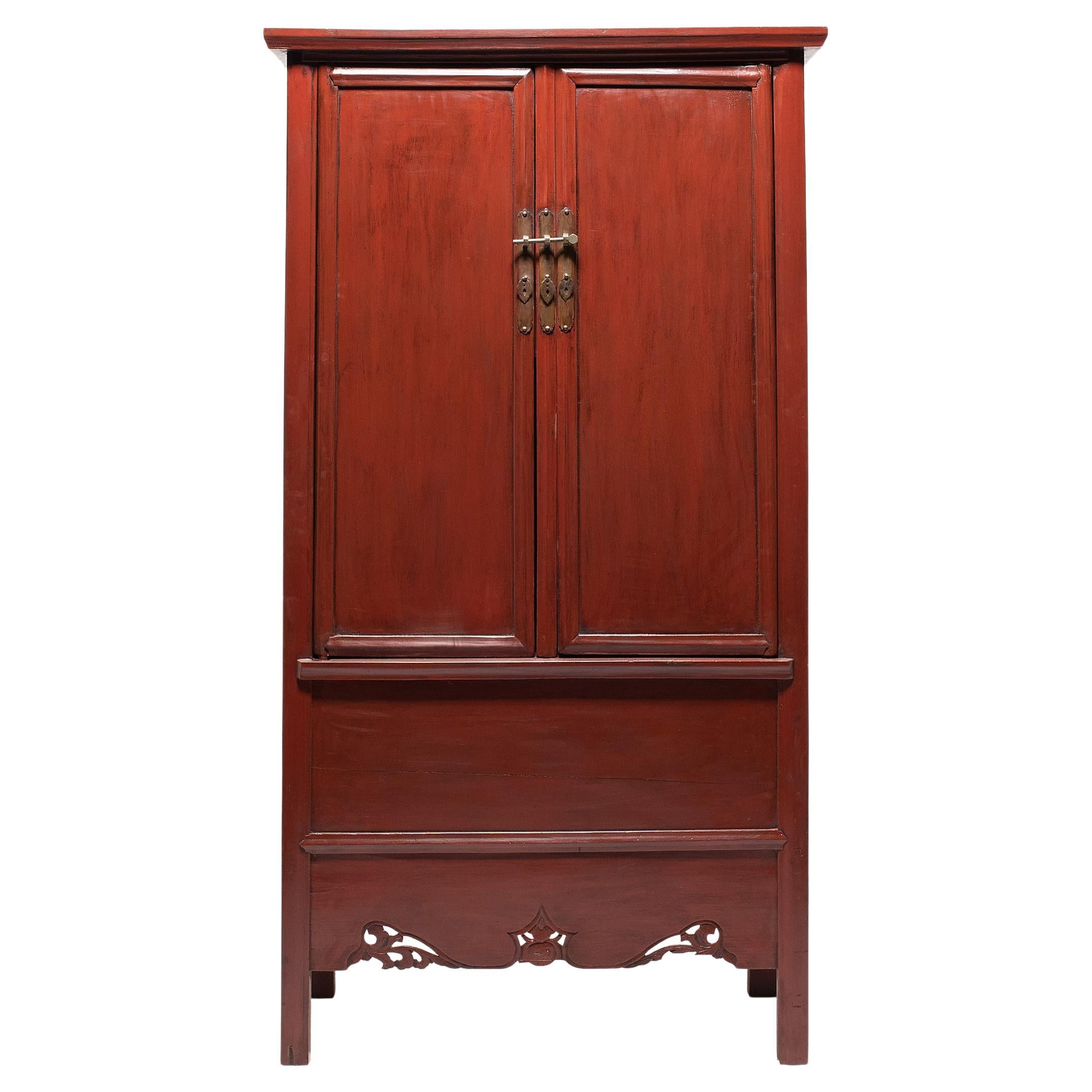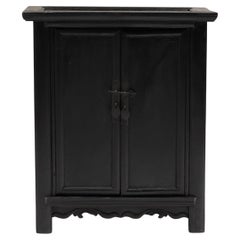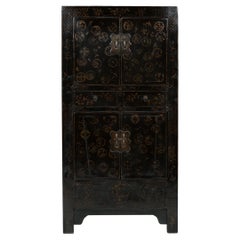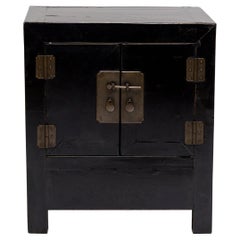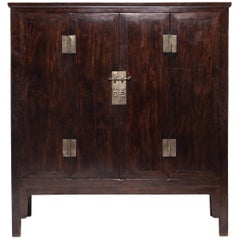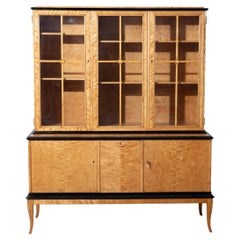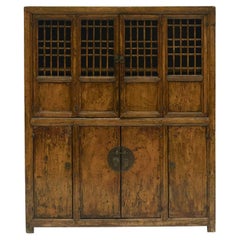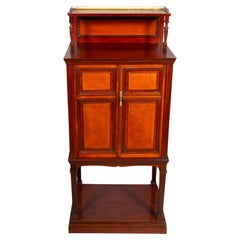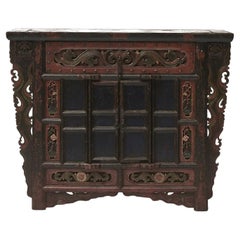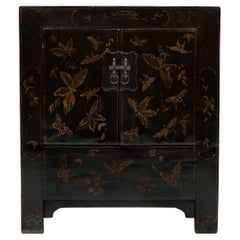
Chinese Gilt Butterfly Locking Cabinet, c. 1850
View Similar Items
Want more images or videos?
Request additional images or videos from the seller
1 of 9
Chinese Gilt Butterfly Locking Cabinet, c. 1850
About the Item
- Dimensions:Height: 29.5 in (74.93 cm)Width: 26 in (66.04 cm)Depth: 14 in (35.56 cm)
- Materials and Techniques:
- Place of Origin:
- Period:
- Date of Manufacture:c. 1850
- Condition:Wear consistent with age and use. Minor losses. Minor fading.
- Seller Location:Chicago, IL
- Reference Number:Seller: CSA006A1stDibs: LU820035560102
About the Seller
5.0
Platinum Seller
Premium sellers with a 4.7+ rating and 24-hour response times
Established in 1997
1stDibs seller since 2006
1,671 sales on 1stDibs
Typical response time: 1 hour
Authenticity Guarantee
In the unlikely event there’s an issue with an item’s authenticity, contact us within 1 year for a full refund. DetailsMoney-Back Guarantee
If your item is not as described, is damaged in transit, or does not arrive, contact us within 7 days for a full refund. Details24-Hour Cancellation
You have a 24-hour grace period in which to reconsider your purchase, with no questions asked.Vetted Professional Sellers
Our world-class sellers must adhere to strict standards for service and quality, maintaining the integrity of our listings.Price-Match Guarantee
If you find that a seller listed the same item for a lower price elsewhere, we’ll match it.Trusted Global Delivery
Our best-in-class carrier network provides specialized shipping options worldwide, including custom delivery.More From This Seller
View AllLacquered Chinese Locking Cabinet, c. 1850
Located in Chicago, IL
Crafted of elm with a dark lacquer finish, this small locking cabinet from the mid-19th century embodies the refined simplicity of Ming-dynasty furniture. Following the design of tra...
Category
Antique Mid-19th Century Chinese Qing Cabinets
Materials
Elm
Chinese Gilt Black Lacquer Shanxi Cabinet, c. 1850
Located in Chicago, IL
Crafted in the early 20th century, this tall cabinet has a clean-lined form designed with straight sides and square corners. The cabinet is cloaked in a glossy black lacquer finish, ...
Category
Antique Mid-19th Century Chinese Qing Cabinets
Materials
Wood
Chinese Black Lacquer Locking Chest, c. 1850
Located in Chicago, IL
Perfecting line and proportion, the simple design of this small locking chest celebrates the restraint of classic Chinese furniture forms. Crafted of elm (yumu) using mortise-and-ten...
Category
Antique Mid-19th Century Chinese Qing Night Stands
Materials
Elm
Chinese Fine Ironwood Cabinet, c. 1850
Located in Chicago, IL
This very fine 19th century cabinet from Northern China is made of ironwood. Iron wood, known in Mandarin as Tieli and prized by collectors, comes from the tallest Chinese hardwood tree and is very durable with a coarse texture and distinctive open grain. This substantial cabinet projects quiet harmony and balanced tension among its austere construction, rich timber, and thoughtfully placed handmade white brass hardware...
Category
Antique Mid-19th Century Chinese Qing Cabinets
Materials
Brass
Chinese Four-Panel Cabinet, c. 1850
Located in Chicago, IL
The Qing-dynasty cabinetmaker who designed this handsome two-door cabinet was a master of their craft, and elevated the joinery to a new artistic level. This monumental Chinese cabin...
Category
Antique Mid-19th Century Chinese Qing Cabinets
Materials
Elm
Chinese Painted Book Cabinet, c. 1850
Located in Chicago, IL
This lacquered display cabinet from Shanxi province was crafted in the mid-19th century using traditional mortise-and-tenon joinery methods. The enclosed lower half was used for general storage and the open upper shelf was used to display precious objects such as vases, curios, or piles of books.
The exterior is darkened by a black lacquer finish and hand-painted with charming decorative motifs, including bronze censers, flower vases, scrolls, and scholars' objects. Original brass hardware secures the doors, now richly aged with a smooth patina and subtle oxidation. Unusual for its smaller scale, we love this painted cabinet in a children's bedroom or playroom as an unexpected bookcase or toy chest...
Category
Antique Mid-19th Century Chinese Qing Cabinets
Materials
Elm
You May Also Like
Vintage 1940's Swedish Locking China Cabinet by Fran Blomstermala Mobelfabrik
Located in New York, NY
Vintage 1940's Swedish Biedermeier style china cabinet with locking door and adjustable shelves by Fran Blomstermala Mobelfabrik. Black paint...
Category
Vintage 1940s Swedish Biedermeier Cabinets
Materials
Glass, Wood
Cabinet in Original Dark Yellow Lacquer, Shandong, China, 1850 -1870
Located in Kastrup, DK
Cabinet in original dark yellow lacquer with beautiful age-related patina.
The top a pair of doors with bars, opens up double, bottom with four doors.
Original cabinet with patina...
Category
Antique Mid-19th Century Chinese Qing Cabinets
Materials
Metal
Collinson & Lock Mahogany Cabinet
Located in Essex, MA
With a rectangular superstructure with brass gallery and column supports over a rectangular top over a pair of doors one stamped 'Collinson & Lock" London 6143. Enclosing sliding she...
Category
Antique 1880s English Aesthetic Movement Cabinets
Materials
Brass
18th Ctr. Chinese Qing Dynasty Carved Butterfly Style Cabinet
Located in Kastrup, DK
18th Century sideboard or side cabinet.
Decorated with fine ornate relief carvings on front and drawer and carved spandrels at each side that taper down to the feet.
Original polyc...
Category
Antique 18th Century Chinese Qing Cabinets
Materials
Metal
19th C. English Rosewood China Cabinet, E.W. Godwin for Collinson & Lock, London
By Edward William Godwin, Collinson & Lock
Located in London, GB
Rosewood China Cabinet, circa 1878, designed by Edward William Godwin (1833-1886) for Collinson & Lock, London. From the Collection of Eaton Hall, Cheshire, England. The Eaton Hall cabinet, circa 1878, in rosewood, the scroll-carved broken arched Queen Anne pediment above a dentil and moulded frieze, with a pair of astragal glazed doors flanked by shelves beneath fielded panels, above a central drawer and semi-circular cupboards, the moulded top above a pair of panelled doors with an open panelled section beneath, on shaped splayed feet, japanesque engraved brass handles, hinges and lockplates, stamped 'Collinson and Lock, London 7480', the handles, hinges and lockplates all stamped 'Elsleys, Gt Portland St, London'.
Provenance: Eaton Hall, Cheshire. A previous owner purchased this lot from a sale of the contents at Sweetenhams of Chester, 20th and 21st May 1959, where it states:- '283. Rosewood display cabinet, the upper portion enclosed with astragal glazed doors with side shelves, the lower portion enclosed with two panelled doors. This was the last mention of the Rosewood cabinet before it was sold.
This piece has many features, which firmly show Godwin's hand at work, i.e. Queen Anne broken pediment, (Soros, Susan Weber 'The Secular Furniture of E.W. Godwin', Butterfly cabinet, p. 227; and a Queen Anne cabinet p. 269 and an 'over door', p. 251), the dentil moulding to the top is identical to the Butterfly cabinet, the astragal glazed doors and panelled lower doors identical to a design for a table for Grey Towers (Susan Soros, 'Secular Furniture', p. 157 and similar detail to the doors on two cabinets on pp. 222-223). The semi-circular central side doors and semi-circular open shelves above are identical to a dressing table and a sketch for a dresser (Susan Soros, 'Secular Furniture', p. 211), a design for a mantelpiece (Susan Soros, 'Secular Furniture', p. 248) and a design for a buffet (Susan Soros, 'Secular Furniture', p. 265). The integrated design of solids and voids in many of his cabinet designs and the framed back panels to each individual shelf and framed panels to each side is typical of his work. The splayed front feet are identical to the Four Seasons cabinet (Susan Soros, 'Secular Furniture', p. 217). The elongated handles with japanesque engraved backplates simulate Japanese woven rush work (Susan Soros, 'E.W. Godwin Aesthetic Movement, Architect and Designer', p. 303, fig. 11-10 and Susan Soros, 'Secular Furniture', p. 268) a detail he used in many combinations. 'Sheraton and Queen Anne in Japan at Eaton Hall' only Godwin could have designed this exceptional work of art. Possibly part of a larger commission, the Eaton Hall archivist also found a Collinson and Lock billiard table in the inventory at Eaton Hall.
Godwin is known to have designed billiard tables for Collinson and Lock, a design appears in his sketchbook on the 6th of October 1873, carved in the Jacobean style with circular decorations of white storks in relief interspersed with square panels.
A corresponding entry on the 7th of October 1873 it shows that he designed it for the McLaren house, a large commission that Godwin did at Adison Rd, Kensington. The third Marquis of Westminster, who later became the 2nd Duke of Westminster, commissioned Sir Alfred Waterhouse to substantially remodel and rebuild Eaton Hall. The work began in 1869 and reached its completion in 1883. The large drawing room can be seen in a photograph taken, circa 1887, pl. 199 in Cooper, Jeremy. Victorian and Edwardian Furniture and Interiors, in which Cooper mentions that the Duke had spent 600,000 pounds on the decoration alone and that Heaton, Butler and Bayne carried out the work.
In 1885, an inventory of the contents of Eaton Hall was carried out, and it is precisely at this point in time that the cabinet receives its first mention. Having occupied a place in the Ormand Sitting Room, 72 on the ground floor of the North Wing of the Waterhouse Hall, the cabinet was described as, 'A Rosewood china cabinet with cupboards beneath and glass fronts at the top, 50ins'. The cabinet is then mentioned again in a 1917 inventory in the Angel Bedroom.
The cabinet made its next appearance in 1931 in the 'Declaration of Trusts', which was a valuation of the contents of Eaton Hall, appearing as T86/27 in the Stewards Offices with a similar description, and then finally in the 1959 sale catalogue mentioned above.
Sotheby's and various other local auctioneers held many sales of the various contents of Eaton Hall from 1955 through to 1961 until the Hall was demolished in 1961.
This description was compiled with the generous help and assistance of the Grosvenor Estate's Archive Department, Eaton Hall, Cheshire.
Collinson and Lock of London...
Category
Antique Late 19th Century English Anglo-Japanese Cabinets
Materials
Rosewood
Chinese Qing Dynasty 19th Century Nicely Grained Cabinet with Medallion Lock
Located in Yonkers, NY
A Chinese Qing Dynasty period nicely grained cabinet from the 19th century, with medallion hardware. Created in China during the Qing Dynasty, this woode...
Category
Antique 19th Century Chinese Qing Cabinets
Materials
Brass
